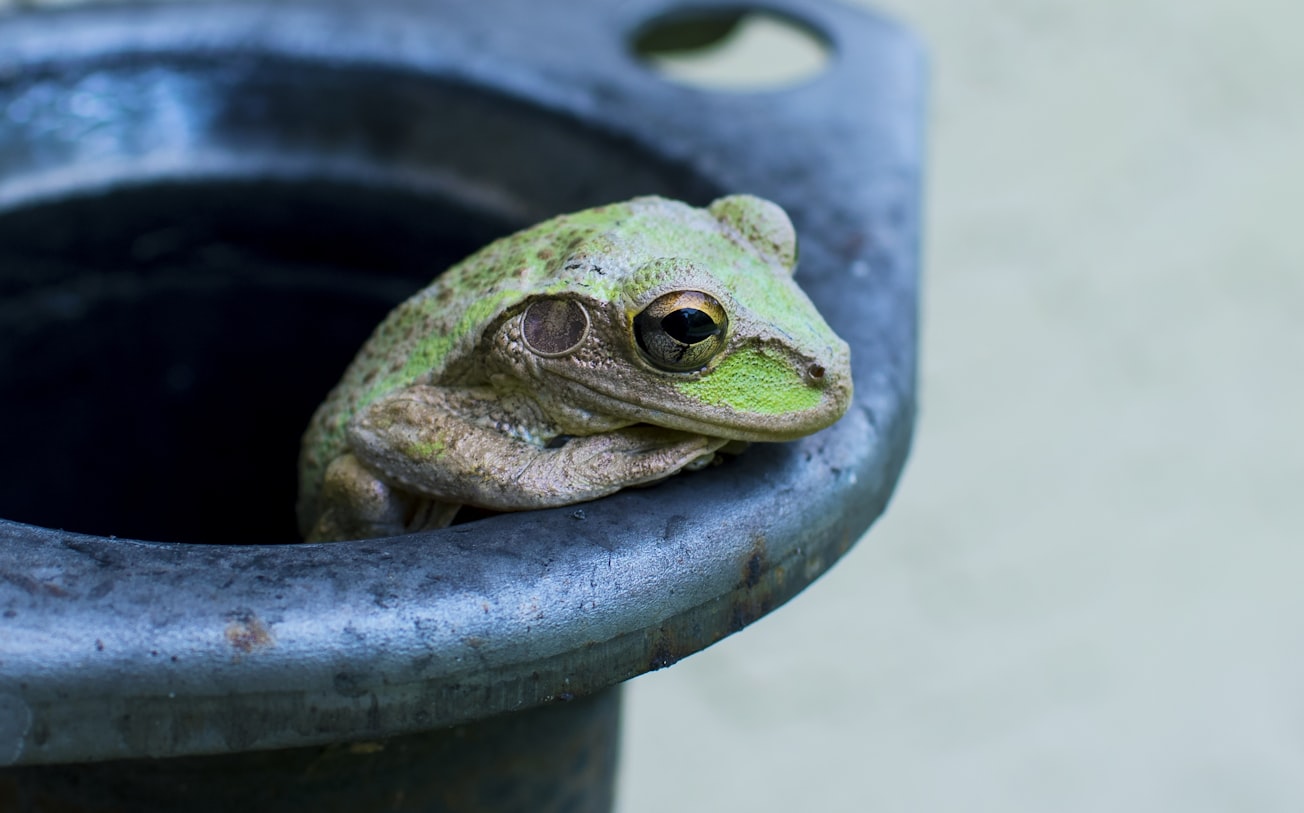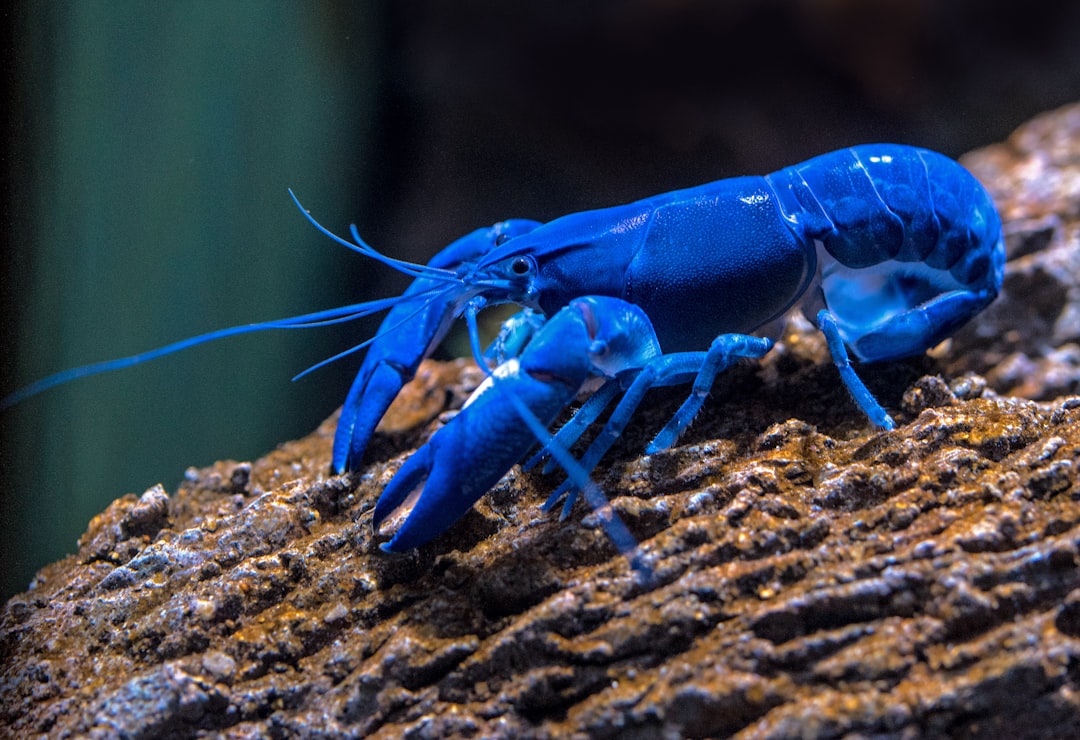What is it about?
In wildlife conservation we urgently need to know what kinds of actions work to protect and conserve species (e.g., changing fishing nets to stop seabirds getting caught in them). In this article we looked to see how many scientific studies test conservation actions in different parts of the world and for different species. Conservationists working in the field often prefer to make decisions based on evidence that is locally relevant to them (i.e., a scientific study that looks at a similar species or took place in a similar habitat or location). We found that most conservationists will not have access to locally relevant scientific studies because there are big gaps in our knowledge - particularly for threatened species.
Featured Image

Photo by Ladd Greene on Unsplash
Why is it important?
It seems that scientific studies have not been conducted on many species threatened with extinction or in places where they live. That's a massive problem for conservation because we need to know whether conservation actions work on a local level in places where species are most threatened with extinction to conserve them.
Perspectives
In the future we need to prioritise more testing of conservation actions in places where many threatened species live and support conservationists making decisions with locally relevant evidence. Otherwise we risk continuing to not make decisions based on reliable evidence, repeating the same mistakes, and failing to conserve our planet's wildlife that is going extinct at an alarming rate.
Dr Alec Philip Christie
University of Cambridge
Read the Original
This page is a summary of: Poor availability of context-specific evidence hampers decision-making in conservation, Biological Conservation, August 2020, Elsevier,
DOI: 10.1016/j.biocon.2020.108666.
You can read the full text:
Contributors
The following have contributed to this page










